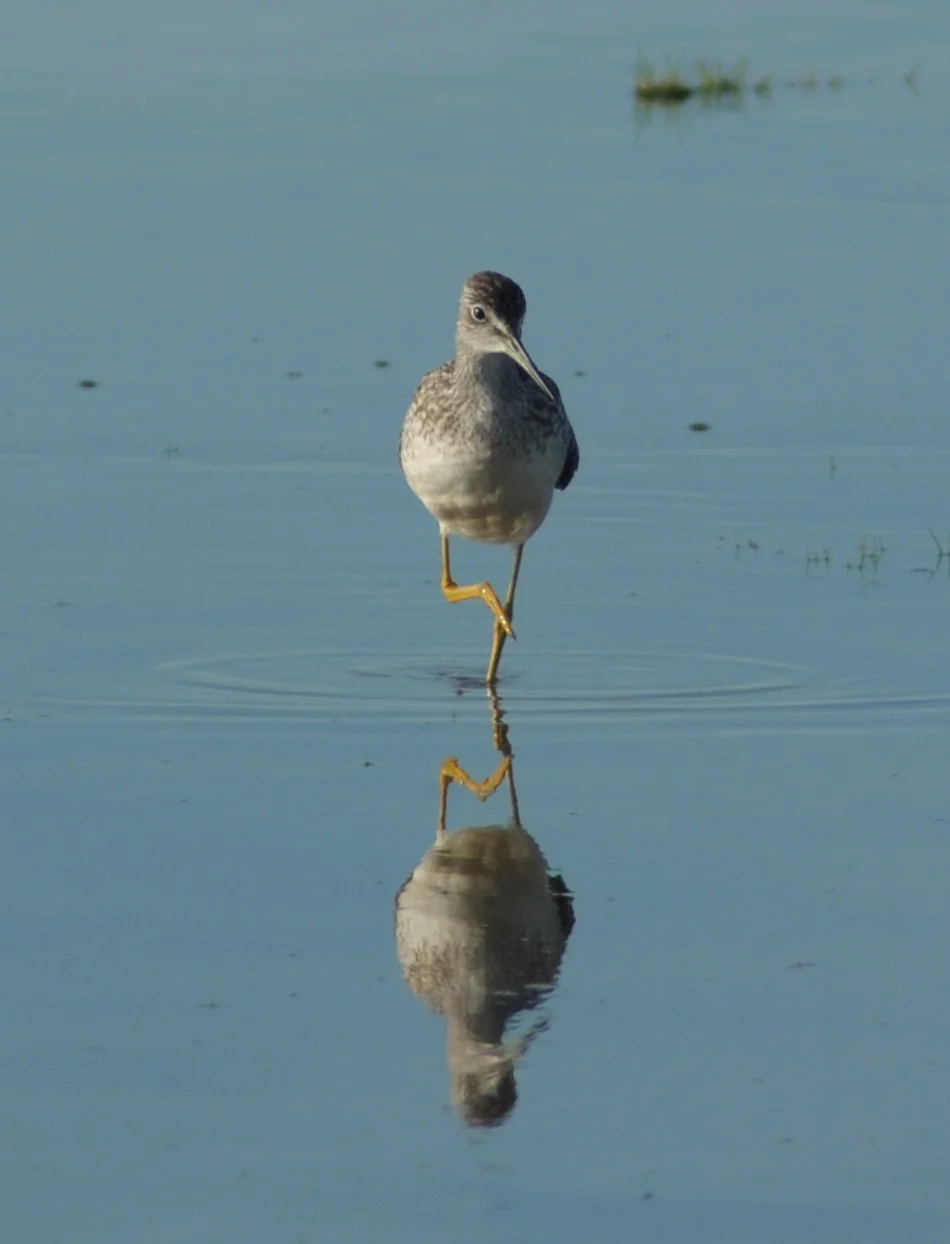
Land Acknowledgment
We would like to begin by acknowledging that the work carried out over the course of the project was in Treaty 9 territory and the land on which the study sites are located is the traditional territory of Mushkegowuk (Cree), Ojibwe/Chippewa, Oji-Cree, Algonquin, and Métis Peoples.
Our Work
Shorebirds (Scolopacidae and Charadriidae) as a group have shown consistent population declines in recent years (NABCI 2012). Population monitoring is crucial to determine the extent and magnitude of this decline and is the basis of an international program (PRISM – Program for Regional and International Shorebird Monitoring) designed specifically for monitoring abundance and other vital rates. One approach used by PRISM is to monitor the passage of migrants and develop a population index from these data. This method has been used since the early 1970s and has proven useful in the absence of other techniques, such as monitoring breeding grounds.
Historical and recent research establishes James Bay as the most important area for southbound adult and juvenile shorebirds staging in Ontario because it is on a major migration route for over 25 shorebird species (Hope and Shortt 1944, Morrison and Harrington 1979, Morrison et al. 1995, Ross et al. 2003, Wilson and McRae 1993). Moreover, James Bay may play an important role during spring migration for some species. Semipalmated and White-rumped sandpipers, Dunlin, and Hudsonian Godwits are among the more common species found at major staging sites. A special case is the Red Knot (rufa population). This subspecies is at critically low levels and has been designated Endangered both federally (Species At Risk Act, Schedule 1) and provincially (Endangered Species Act-SARO, O. Reg. 230/08). An assessment of the extent of staging in James Bay (e.g., abundance, habitats used, length of stay) is needed to understand the importance of the area for the successful migration of the birds and to assess potential risks to the population while birds use these staging areas. As well, observations of previously colour-marked individuals will help determine spatial and temporal migration patterns, length of stay and population movements.
Goals
Collaborative monitoring and research on shorebirds is being conducted by the Ontario Ministry of Natural Resources and Forestry, Bird Studies Canada, Trent University and the Canadian Wildlife Service, and in conjunction with a larger conservation initiative involving James Bay First Nations and Nature Canada. The Royal Ontario Museum was a contributing partner until 2016. Project activities will be conducted in the context of emerging conservation plans and strategies and will incorporate research and monitoring recommendations from those plans. The goals are to increase our ability to estimate indices of abundance and trends of shorebird species staging along the western James Bay coast, understand movement patterns and their causes, and identify the relative importance of shorebird staging sites and their habitats. Collectively, this information should aid in conservation measures for Red Knot and other shorebird species through habitat protection like Western Hemisphere Shorebird Reserve Network (WHSRN) designation.
01.
–
conducting surveys, analyses, and other activities that contribute to an assessment of the relative habitat use, resource requirements, and population abundance by migrant shorebirds.
02.
–
the development of a program of cooperative monitoring and assessment of the James Bay coast.
03.
–
gather up-to-date biodiversity and natural heritage information, and provide data for species’ assessments, Important Bird Area updates, critical habitat identification, and other habitat stewardship designations (e.g., Community Based Land Use Plans, WHSRN candidates).
04.
–
determine the minimum proportion of global Red Knot rufa population that uses the study area.
Historical and recent research establishes James Bay as the most important area for southbound adult and juvenile shorebirds staging in Ontario.

The Field Season
Started in 2009, the project has grown considerably. Until 2019, we had operated up to three field camps from July to September. Survey work is currently paused until future notice, but if you are interested in learning more about future opportunities, please contact us!
Please refer to our protocols for specifics about the surveys and get a flavour of what to expect.